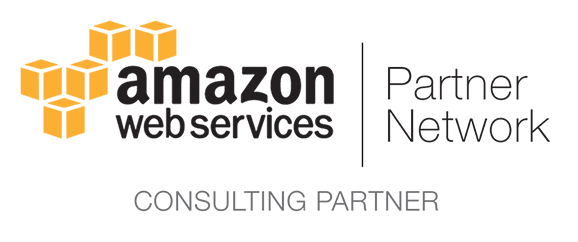If you’re overseeing a Learning Management System (LMS), you recognize that a smooth, high-performing platform is vital for delivering an outstanding learning experience. But how can you make sure your server is up to the challenge? Today, we’ll look at some best practices for server management that can help your LMS excel and provide exceptional performance. Let’s get started!
1. Choose the Right Hosting Solution
What It Means:
The foundation of your LMS starts with choosing the right hosting solution—whether that’s shared hosting, dedicated servers, or cloud-based options.
Why It Matters:
A robust hosting solution provides the resources needed to handle traffic spikes and ensure your LMS runs smoothly. Cloud-based hosting, for instance, allows for scalability, meaning you can adjust resources as your user base grows without a hitch.
2. Regular Software Updates
What It Means:
Keeping your server’s operating system, applications, and LMS software up to date is essential for security and performance.
Why It Matters:
Regular updates fix bugs, patch security vulnerabilities, and improve functionality. Neglecting updates can lead to performance issues and security risks that may compromise your LMS and your users’ data.
3. Optimize Server Performance
What It Means:
Performance optimization involves configuring your server settings and resources to ensure it runs efficiently.
Why It Matters:
Tweaking parameters like memory allocation, caching, and database optimization can significantly speed up your LMS. A well-optimized server means faster load times and a better user experience, which keeps learners engaged.
4. Implement Robust Security Measures
What It Means:
Server security includes setting up firewalls, using SSL certificates, and employing intrusion detection systems.
Why It Matters:
With cyber threats on the rise, ensuring your LMS is secure is non-negotiable. Strong security measures protect sensitive data and build trust with your users, giving them peace of mind as they engage with your platform.
5. Regular Backups
What It Means:
Scheduling regular backups of your server’s data ensures you have copies of your LMS content and user information.
Why It Matters:
In the event of a server crash, data corruption, or cyberattack, having up-to-date backups allows you to restore your LMS quickly, minimizing downtime and disruption for learners.
6. Monitor Server Health
What It Means:
Implementing monitoring tools helps you keep an eye on server performance, resource usage, and potential issues in real-time.
Why It Matters:
Regular monitoring allows you to identify and address problems before they escalate into larger issues. By staying proactive, you can maintain high performance and ensure a seamless learning experience.
7. Load Balancing
What It Means:
Load balancing distributes incoming traffic across multiple servers to prevent any single server from becoming overwhelmed.
Why It Matters:
This practice enhances reliability and performance, especially during peak usage times. When traffic is evenly distributed, your LMS can handle more users without slowdowns, ensuring that everyone has a smooth experience.
8. Utilize Content Delivery Networks (CDNs)
What It Means:
A CDN is a network of servers located in various geographic locations that deliver content to users based on their proximity to the server.
Why It Matters:
By using a CDN, you can reduce latency and improve loading times for users, no matter where they’re located. This is particularly important for LMS platforms with a global audience, as it ensures everyone has quick access to course materials.
9. Regularly Review and Optimize Database Performance
What It Means:
Your LMS likely relies on a database to store user information and course content. Regularly reviewing and optimizing this database can improve overall performance.
Why It Matters:
Optimizing your database—through indexing, query optimization, and regular maintenance—ensures that data retrieval is fast and efficient. This leads to quicker response times for users, enhancing their overall learning experience.
10. Plan for Scalability
What It Means:
As your LMS grows, you’ll need to be ready for increased demand. This involves planning for additional resources, whether that means adding servers or utilizing cloud services.
Why It Matters:
Scalability ensures that your LMS can handle more users and content without sacrificing performance. Being proactive about growth means you’ll be prepared for whatever comes your way.
Conclusion:
Elevate Your LMS Performance
Effective server management is the backbone of a high-performance LMS. By implementing these best practices, you can create a reliable, secure, and engaging learning environment that meets the needs of your users.
So, are you currently applying any of these practices to your LMS? What challenges have you faced in server management? I’d love to hear your thoughts and experiences in the comments! Together, let’s keep our e-learning platforms running smoothly and effectively!






